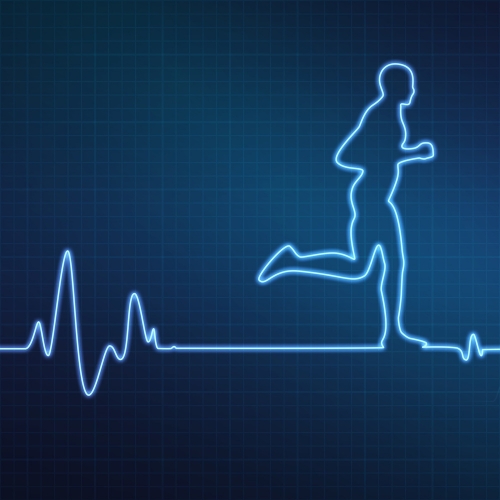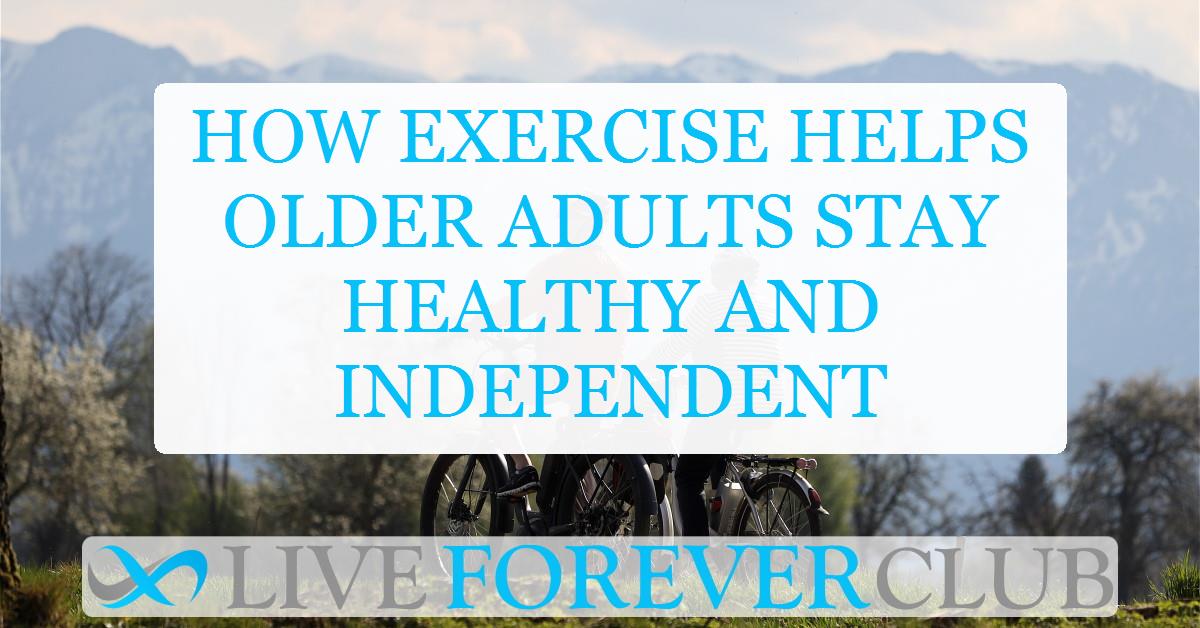The ageing population is increasing rapidly, with the number of people over 65 expected to double by 2050. Ageing naturally brings physical and cognitive decline, including reduced muscle strength, bone density, and memory function, which heightens vulnerability to chronic diseases and falls.
However, research shows that exercise can significantly mitigate these changes. Regular physical activity improves cardiovascular health, strengthens muscles and bones, and supports brain function by boosting blood flow and neurogenesis.
Exercise also enhances mood, reduces anxiety, and promotes independence. By staying active, older adults can counteract ageing’s effects, maintain vitality, and lead healthier, more fulfilling lives.
Why Exercise Matters
Ageing brings natural declines in physical and functional capacity, making individuals more prone to chronic diseases like cardiovascular issues, diabetes, and osteoporosis.
These changes affect muscle strength, bone density, and metabolic efficiency, reducing overall vitality. However, regular physical activity is a proven strategy to counter these effects.
Exercise slows the biological processes of ageing by improving cellular health, enhancing mitochondrial function, and reducing inflammation. It also builds resilience, maintaining muscle strength, cardiovascular fitness, and cognitive function.
By integrating regular exercise, individuals can preserve their independence, enhance quality of life, and extend their health spans, enjoying more active, fulfilling years.
Tailored Exercise Recommendations
The International Conference on Frailty and Sarcopenia Research (ICFSR) emphasizes creating personalized exercise plans for older adults to address their unique needs. Combining aerobic, resistance, balance, and flexibility training, these programs offer a holistic approach to maintaining health and functionality.
Aerobic training is a cornerstone of cardiovascular health, involving rhythmic and continuous activities that elevate heart rate and improve oxygen circulation throughout the body. It strengthens the heart, enhances lung capacity, and boosts endurance, helping older adults perform daily activities with less fatigue. Health guidelines recommend engaging in 150-300 minutes of moderate aerobic activity per week, such as brisk walking, cycling, or swimming.
Resistance training focuses on increasing muscle mass, strength, and power by using weights, resistance bands, or body weight. This type of exercise is critical for older adults to combat sarcopenia, the age-related loss of muscle mass and function, which can lead to weakness, reduced mobility, and a higher risk of falls. Performing resistance exercises at least two to three times per week helps maintain muscle health and physical independence.
Balance exercises are designed to improve stability and coordination, reducing the risk of falls—a leading cause of injury among older adults. These activities, such as standing on one leg, tandem walking, or Tai Chi, enhance proprioception and strengthen stabilizing muscles, fostering confidence in movement and maintaining independence.
Flexibility training, which involves stretching and mobility exercises, supports joint range of motion and overall mobility. It reduces stiffness, enhances posture, and lowers the risk of injuries, particularly from overexertion or falls. Regular flexibility exercises, performed several times a week, complement other training types by promoting ease of movement in daily activities and exercise routines. Together, these four types of training provide a comprehensive approach to maintaining physical health and quality of life as individuals age.
The Need for Personalization
Older adults respond differently to exercise due to a range of factors, including genetic predispositions, existing health conditions, and lifestyle choices. Genetic variations can affect how the body builds muscle, adapts to aerobic training, or responds to recovery processes. Health conditions like arthritis, cardiovascular diseases, or osteoporosis may limit certain movements or intensities, requiring careful exercise selection. Lifestyle factors, including previous activity levels and current habits, also play a role in how well an individual adapts to exercise.
Because of these differences, exercise prescriptions should be highly personalized. Tailoring a program ensures that it aligns with the individual's unique capabilities, medical history, and specific health goals. For example, someone aiming to improve mobility and prevent falls might benefit from exercises focused on balance and lower body strength, while another individual may prioritize cardiovascular health or muscle mass.
For frail older adults, starting with low-impact strength and balance exercises is critical. These exercises, such as seated resistance training or standing balance tasks, help build foundational strength, improve stability, and reduce the risk of injury. Once confidence and physical capacity increase, the program can gradually incorporate more intense regimens, like moderate aerobic activities or progressive resistance training, to further enhance overall health and functionality.
This stepwise approach minimizes risks while promoting steady and sustainable improvements.
Bridging Gaps in Implementation
Despite its proven benefits, exercise is not fully integrated into geriatric care. Many healthcare professionals lack the training to incorporate exercise into treatment plans. Initiatives like the VIVIFRAIL program, which offers tailored exercise regimens, are paving the way for better integration.
Exercise is medicine, and its integration into daily routines and healthcare settings can revolutionize ageing. By prioritizing physical activity, we can help older adults maintain their independence, reduce healthcare costs, and improve quality of life.
The study is published in The Journal of Nutrition Health & Aging. It was led by researchers from Universidad Pública de Navarra (UPNA).





